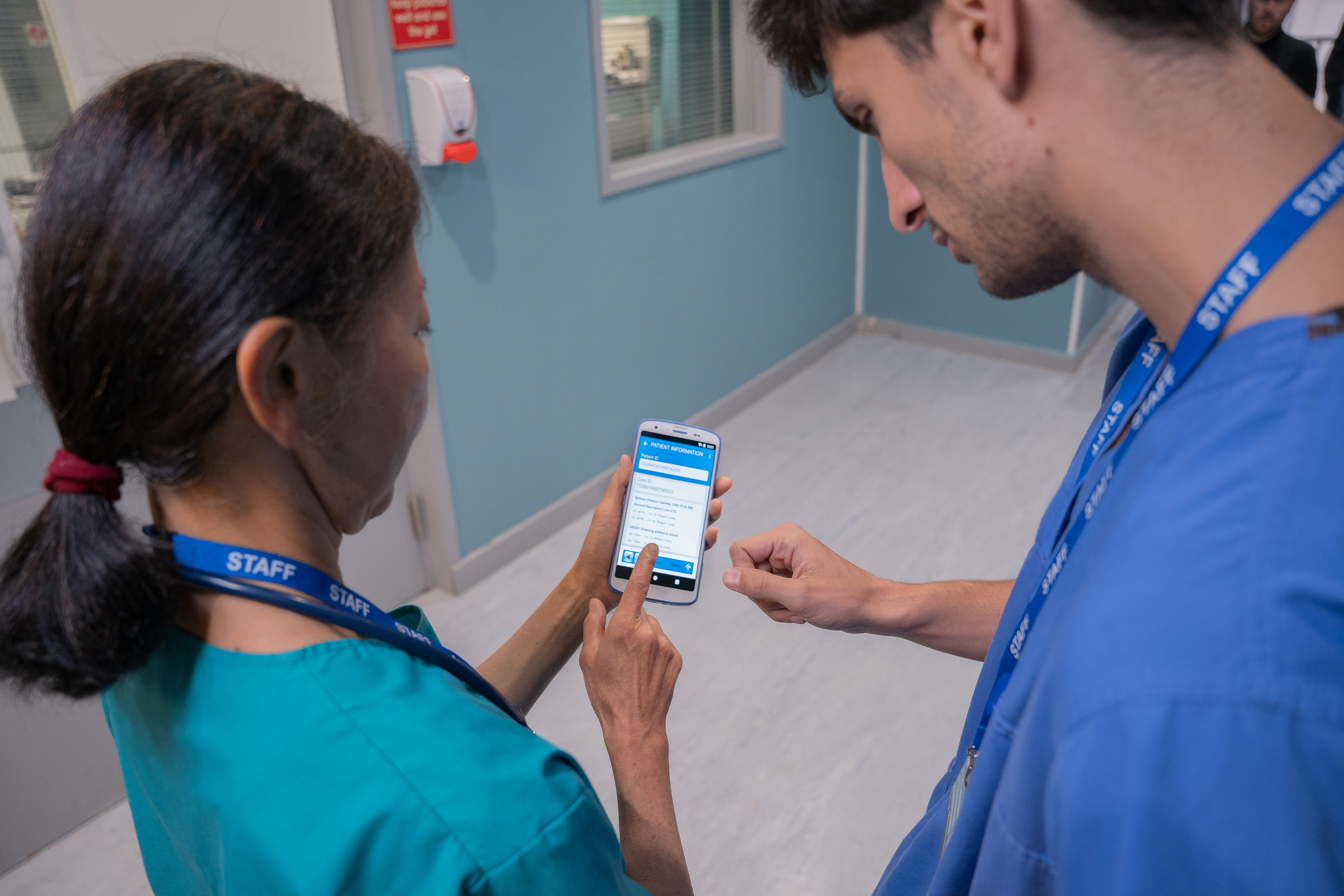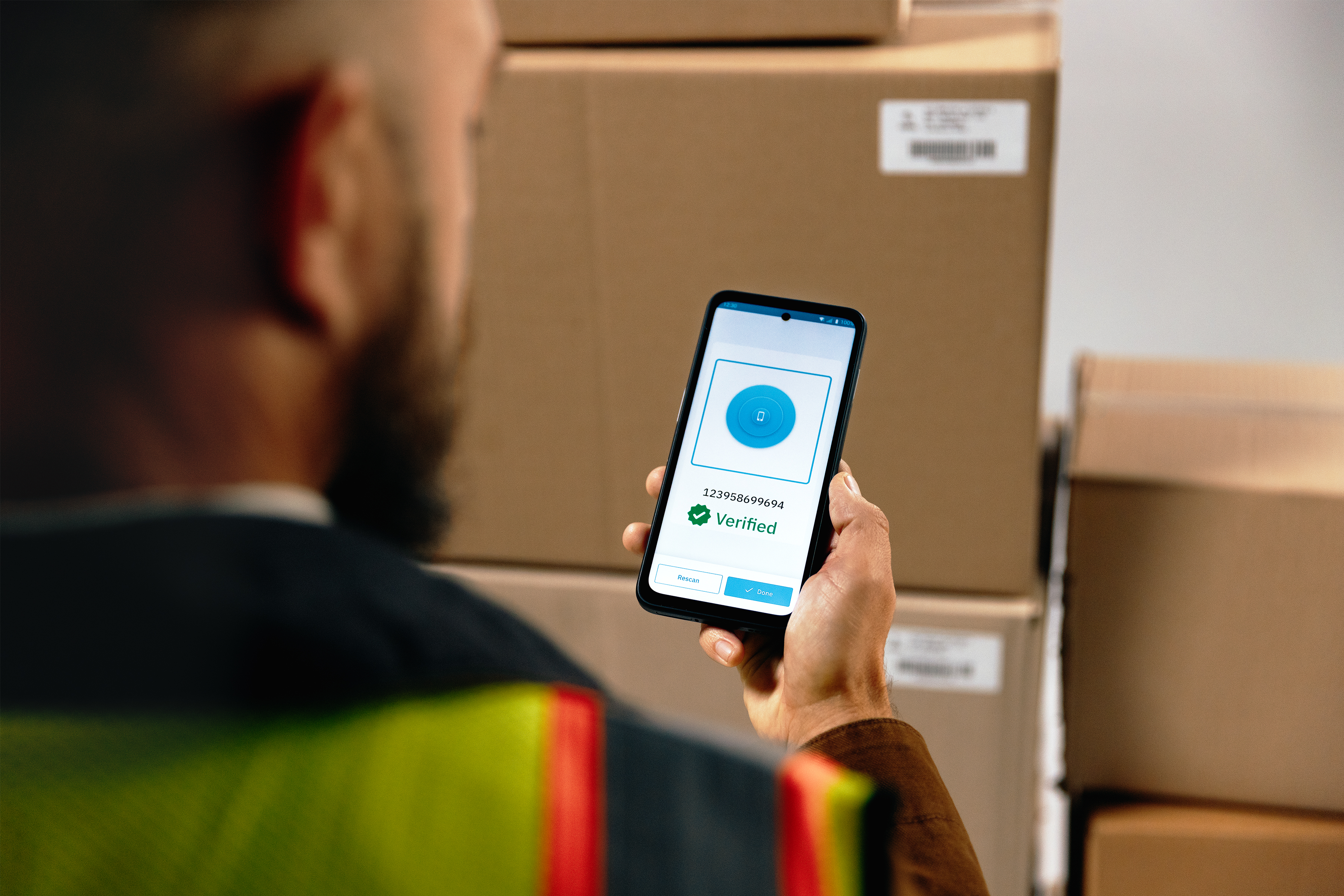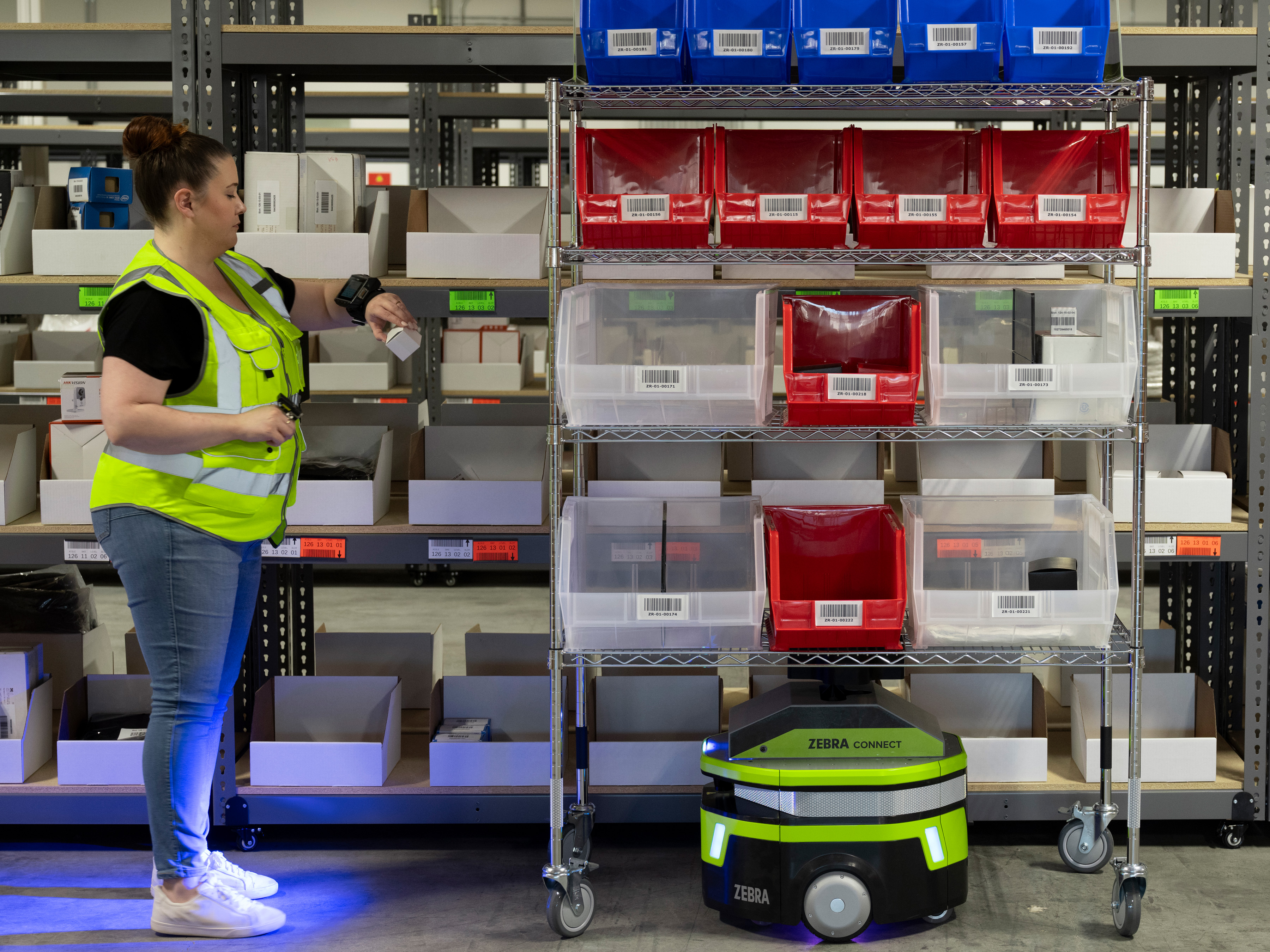
Do Your Retail Associates Have the Tools They Need to Act Fast in Emergency Situations?
Would they be able to communicate with first responders, customers, and each other in real time…even when they couldn’t talk?
Editor's Note: This post originally published May 2024. It was updated January 2025.
###
In today's fast-paced world, the unexpected is always around the corner. Imagine an associate suddenly slips off a ladder in your retail store during the holiday season while it’s buzzing with activity. Would they be able to call for help? If not, someone needs to be notified, especially if customers or other associates don’t witness the fall or notice the injured associate on the ground. What tools do you have in place to elicit a rapid response? To facilitate real-time communication with the right people even when an associate can’t talk at that moment?
When emergencies strike, every second matters. Real-time communication empowers teams to make quick decisions, crucial for mitigating risks and managing the situation efficiently. It bridges the gap between incident occurrence and response, ensuring that all relevant parties, from front-line workers to emergency responders, are informed and coordinated in their efforts. This seamless coordination is vital for enhancing safety, not just for employees but also for customers and patients.
Yet, what I found interesting in the latest Global Shopper Study was that over 80% of retail associates and decision-makers find it consistently challenging to get the right communication to the right people. They also say that having to use multiple communication channels causes confusion and a lack of priority – two things you never want to occur when there’s an emergency.
I know I’ve had to wait an exceptionally long time at stores while an associate tried to get information from one of their colleagues or managers. I’ve even been asked to walk with them to track someone down for help because this associate couldn’t get anyone to respond via push-to-talk, text, or even a direct call.
Granted, it wasn’t an emergency. But what if it was? What if that associate that was helping me was by themselves when an accident or threat occurred, and they didn’t have the option to walk over to find someone for help? Or what if this happened in the back storeroom or a warehouse or distribution center where people are few and far between? How would the injured or otherwise incapacitated associate be able to alert someone to the situation?
If this isn’t something you’ve thought about, or you haven’t decided how to equip your staff for this type of situation, I recommend you look at what healthcare providers are doing to improve the safety – and emergency responsiveness – of staff. There are several parallels between retail and healthcare environments, including the types of technology tools that can be used to prompt and facilitate emergency communications.
Which Technological Tools Have Proven Most Effective for Enhanced Emergency Communication?
There are several communications tools that can help improve response times when emergencies occur. However, the ones that have these features built in often prove most effective because of their simplicity, familiarity, and reach:
Push-to-Talk (PTT) functionality: Because PTT allows instant voice communication at the push of a button, it is invaluable during emergencies when your employees need to make direct and immediate contact with team members across different store sections or even locations. They don’t have to fumble through a contact list or dial any number. They just have to hold down a button and speak. Or, if they can’t say anything because they need to stay quiet, they can hold down the button to allow others to hear what someone else is saying. This is especially helpful if their life is in danger and they’re hiding or they have to call for help more discreetly.
Direct messaging capabilities: It may be more appropriate – and viable – to report an incident or transmit detailed instructions or updates via non-verbal methods, especially in complex or evolving emergencies. So, associates need devices that support both group and individual messaging, whether it’s SMS or another instant messaging service. Email isn’t a great communication method in emergencies. People need to be able to snap and send a photo or follow a single, easy-to-read conversation thread, especially when they are in distress.
One-touch calling: Though PTT allows for both group and 1:1 conversations, it’s also beneficial to have a one-touch/speed dial voice call option on associates’ mobile devices. This enables them to leave a message for the person they’re trying to reach if needed.
Profile management: This is very important, as customizable profiles within communication systems ensure that both voice and written messages reach the appropriate individuals based on their roles and responsibilities. Though there may be times when information needs to be broadcast widely, in many situations, calls and messages are more effective when targeted to those who need it most, such as first responders and colleagues in specific departments who are tasked to support certain emergency protocols. If you’re using a communication platform with profile management, the one-touch calling feature can be set up to ensure proper distribution of messages to certain roles based on their status (i.e., on the clock/available) as well as the situation (i.e., who needs to be involved and who doesn’t based on what’s happening).
Now, regardless of which communication platform you ultimately use, there are five things you must do if you want to effectively support your team and ensure the technology elicits a fast and appropriate response in an emergency:
1. Consider both the short and long-term benefits of the communications platform you’re using today. If you aren’t sure whether to stay the course (and just reconfigure some things) or migrate to a new platform, put your current system to the test! I know your priority is facilitating routine communications between your team. However, an emergency can happen at any time. If you need to justify the initial costs and effort to reconfigure or replace your current communications system(s), demonstrate how the new technology can help prevent accidents, reduce emergency response times, and ultimately save lives, we can help. These benefits are a powerful motivator for change, especially if the new platform that’s being recommended to support emergency communications can also facilitate better communications in support of routine operational/customer service actions.
If needed, simulate an emergency (or 10 different emergency scenarios) and see how well your team can call for help and respond to those calls using your current communications platform(s). That will help you see where there’s room for improvement. Once you know what the user experience should be, you can quickly assess the viability of different communication platforms/services or even the hardware and networks they’re running on. (There’s nothing worse than a lost or weak wireless signal going down when you need to make a call or send a message.)
2. Engage all stakeholders from the outset. This is key to addressing resistance to change. It also assists you with identifying the specific needs of your operation from both a user experience and technical perspective. By involving employees from different functions (i.e., IT, security/safety, e-commerce) and departments (i.e., curbside, customer service, backroom, grocery, etc.), you can better understand how the communication platform needs to work both on the frontline and from a back-end perspective.
Plus, involving end users in the selection and implementation process will enable you to secure “champions” for the new platform as you’ll be able to clearly communicate – and they will see firsthand – how the new system will improve both their safety and efficiency. They can then share their views on the new communications tool with colleagues across your entire retail operation, which helps foster a culture of acceptance and cooperation. Change management becomes easier, and you reduce the risk of overlooking a technical requirement as you’re scoping out the project.
Just be sure you’re re-engaging the full end-user group at different intervals in the project. If you’re using agile methods to configure and roll out the software, schedule user acceptance testing (UAT) and training sessions far enough out from go-live so that you have time to make adjustments if issues or improvement requirements are identified.
3. Test the platform frequently once it’s online and monitor its performance daily. The last thing you want is for a technical issue to arise in an emergency when the platform is needed most. Regular feedback sessions with staff are also recommended as they can unveil insights into the daily user experience that might impact emergency use. They can also help you identify areas where process improvements, policy changes, new tech functionality, and additional training may be needed. If you’re only relying on IT to confirm that the system is “good to go,” it probably won’t meet the dynamic needs of your front-line team or end-to-end retail operations.
4. Train your team early and often! They must be familiar with all the ways they can call for help or quickly and safely disperse information to others in an emergency. I know I just said this in the last section, but it’s important: Simulate emergency scenarios on a regular cadence. It’s the only way you can be confident staff are as prepared as possible. It’s also the only way you’ll know they feel confident using the various communication platform features during actual emergencies and that they know when they should use each feature.
5. Develop policies that guide proper communications and technology use. Alongside training, the development of clear, actionable policies is crucial. These policies should outline the protocols for using communication technologies during emergencies, designate roles and responsibilities, and establish procedures for routine checks and maintenance of the systems. By having these guidelines in place, your team will be better prepared to engage in a coordinated, efficient response to any emergency.
In Other Words
If you haven’t critically evaluated your emergency communication strategies and tools recently, it should be a priority this quarter. Make sure your team has access to PTT, voice calling, and messaging in a single app, and that you can manage profiles for more targeted communications dissemination. This is as critical as making sure you have the right SKUs and quantities stocked. This tech review and upgrade effort isn’t just about emergency management. It’s about fostering a safer work and business environment. Employees and customers need to know they can request help when needed – not just with inventory, but when they are injured or in danger and need immediate assistance.
If you would like help assessing your current communications tools and running those test scenarios, just reach out. We’re happy to see what you have in place today and whether there are opportunities for improvement. If you don’t have a communication platform that you believe would be reliable in an emergency, or you just want to see what other options are out there, we can show you the software tool many public safety, utility, healthcare, and transportation organizations use. They have been prioritizing employee safety for decades given the nature of their businesses, and so they’ve come to realize what works well and what doesn’t. We can also show you how other retailers are configuring their routine operations communication platform to better support emergency communications.

Kevin Tapscott
Kevin Tapscott is Vice President of Solution Consulting for the Americas at Reflexis, which is now part of Zebra Technologies. He leads a team of retail operations experts who help retailers simplify their operations and optimize their labor with intelligent task management and workforce management software solutions.
Kevin has helped shape the Reflexis ONE product and its direction, working with hundreds of retailers over 14 years with Reflexis. Previously, he spent 15 years in retail operations across North America as a strategist leading teams of customer care specialists and operational experts focused on growth.






